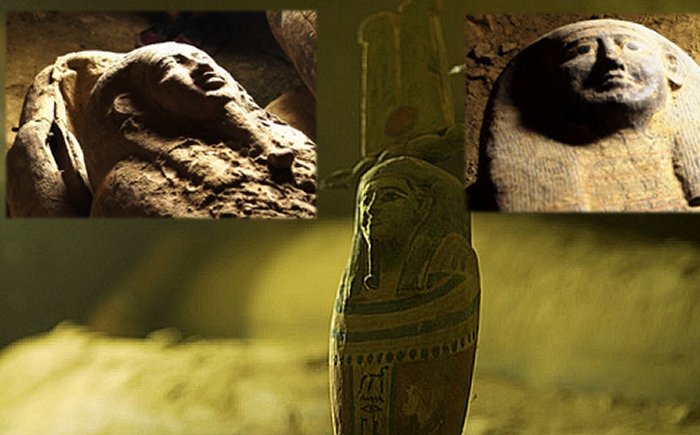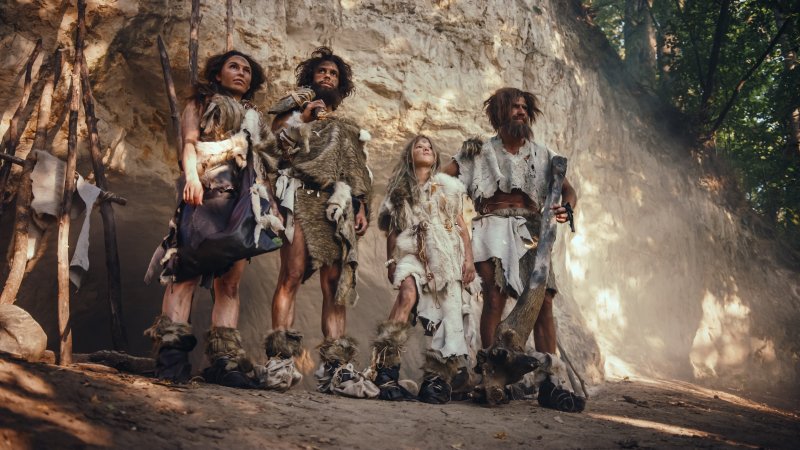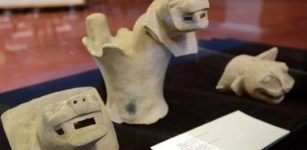‘Woman In Blue’ Sheds Light On Iceland’s Earliest Settlers
MessageToEagle.com – A Viking-age (9th/ 10th century) woman grave was discovered at Ketilsstaðir, eastern Iceland, in 1938. Her skeleton was very poorly preserved and incomplete.
The woman from Ketilsstaðir wore typical copper-alloy Scandinavian oval brooches, one of which was in direct contact with her face, resulting in significant soft tissue and textile preservation.
Now, researchers say that the unknown woman buried with Viking-era objects, was a child of some of the island’s earliest settlers, researchers say. Tooth development and wear suggest she was between 17 and 25 years old when she died.
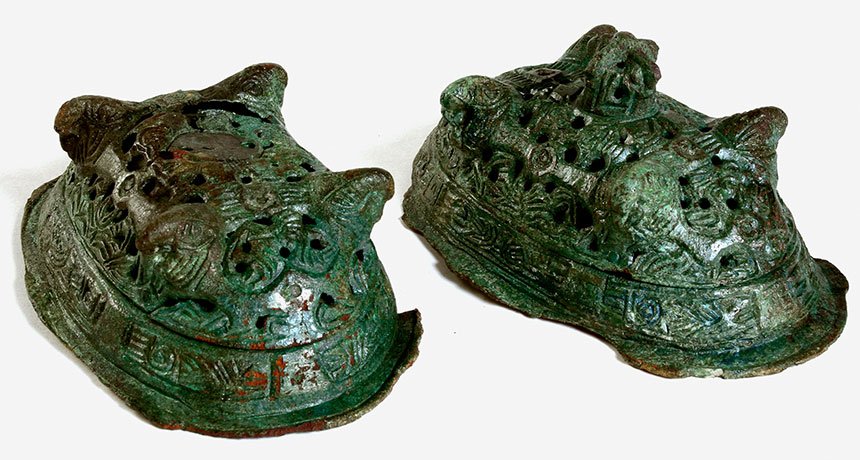
“It’s not known if the woman was a Viking or if she came from another northern European population”, said bioarchaeologist Tina Jakob of Durham University in England.
A chemical analysis of one of her teeth indicates that, between ages 5 and 10, she started eating a lot of fish and other seafood for the first time after having previously consumed mainly plants and land animals, a team led by Jakob and Joe Walser III of the University of Iceland in Reykjavik found.
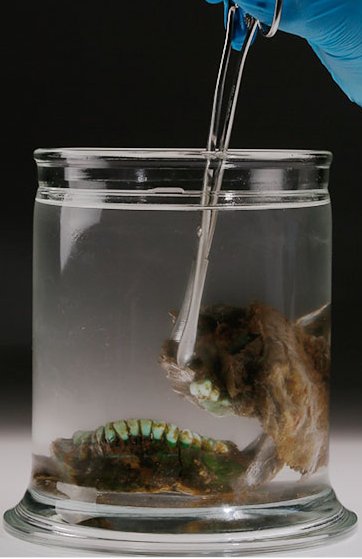
“The ‘woman in blue’ was not Icelandic,” Jakob says. “She came from southern Scandinavia or the British Isles.”
Between around 700 and 1100, seagoing Vikings from Denmark, Norway and Sweden settled in various countries, including Iceland.
That raises the possibility that the “woman in blue” came to Iceland with Vikings.
“A blue-dyed apron she wore — from which she got her nickname — and a strap from some type of garment display weaving techniques from 9th to 10th century Norway and Britain’s Celtic society,” Jakob says.
The apron’s plant-based blue dye was typical of female Viking clothing, she adds.
“Fiber and chemical studies show that Icelandic sheep provided wool used for these garments.”
Radiocarbon dating of the apron, strap and one of the woman’s teeth indicate she was born around 900, the scientists conclude.
Evidence of Iceland’s initial settlement dates to between around 871 and 930, Jakob adds.
While the woman lay in her grave, a Scandinavian copper brooch came in contact with her face, helping to preserve skin fibers.
Bone and skin remains were unintentionally stained green because they were stored in jars filled with a preservative solution.
These finds were recently transferred into jars of light paraffin oil to maintain preservation without further staining. DNA from the “woman in blue” is now being studied.
Research was presented at the annual meeting of the American Association of Physical Anthropologists.
MessageToEagle.com
Expand for referencesReferences:

